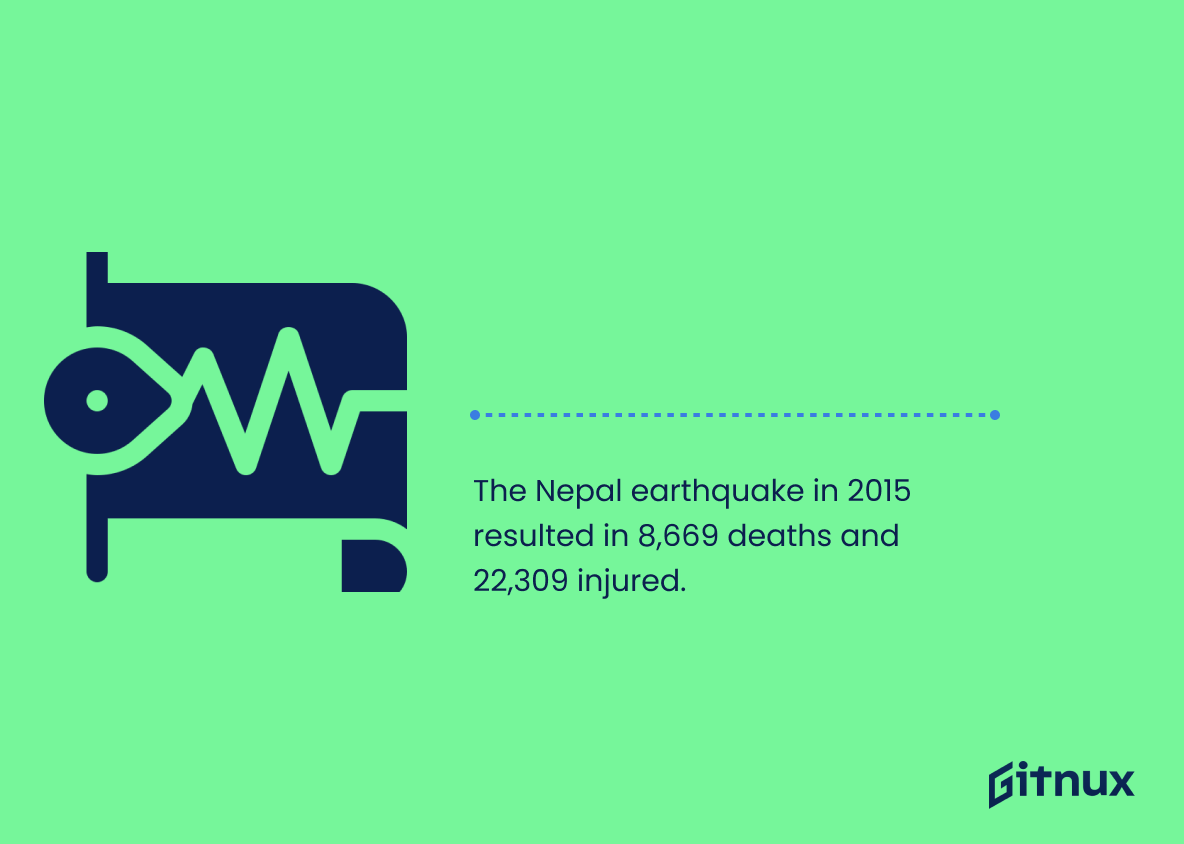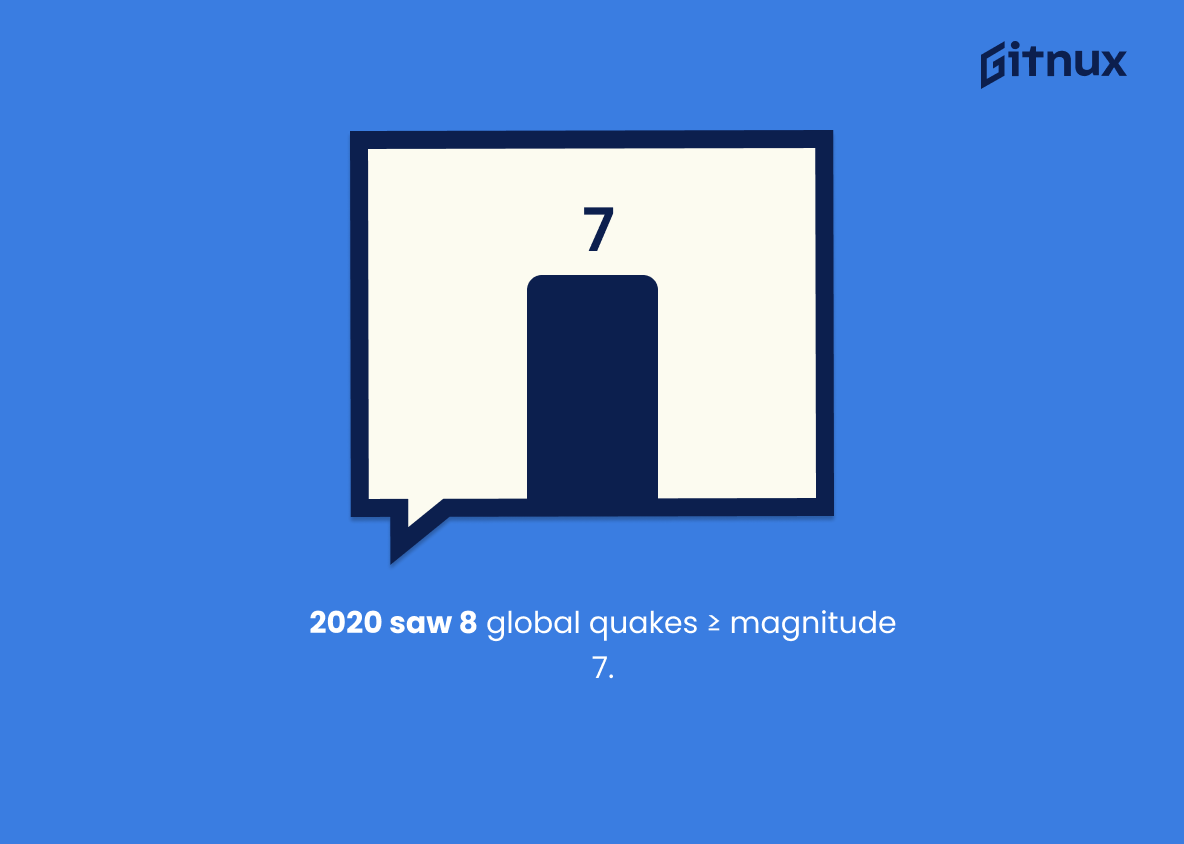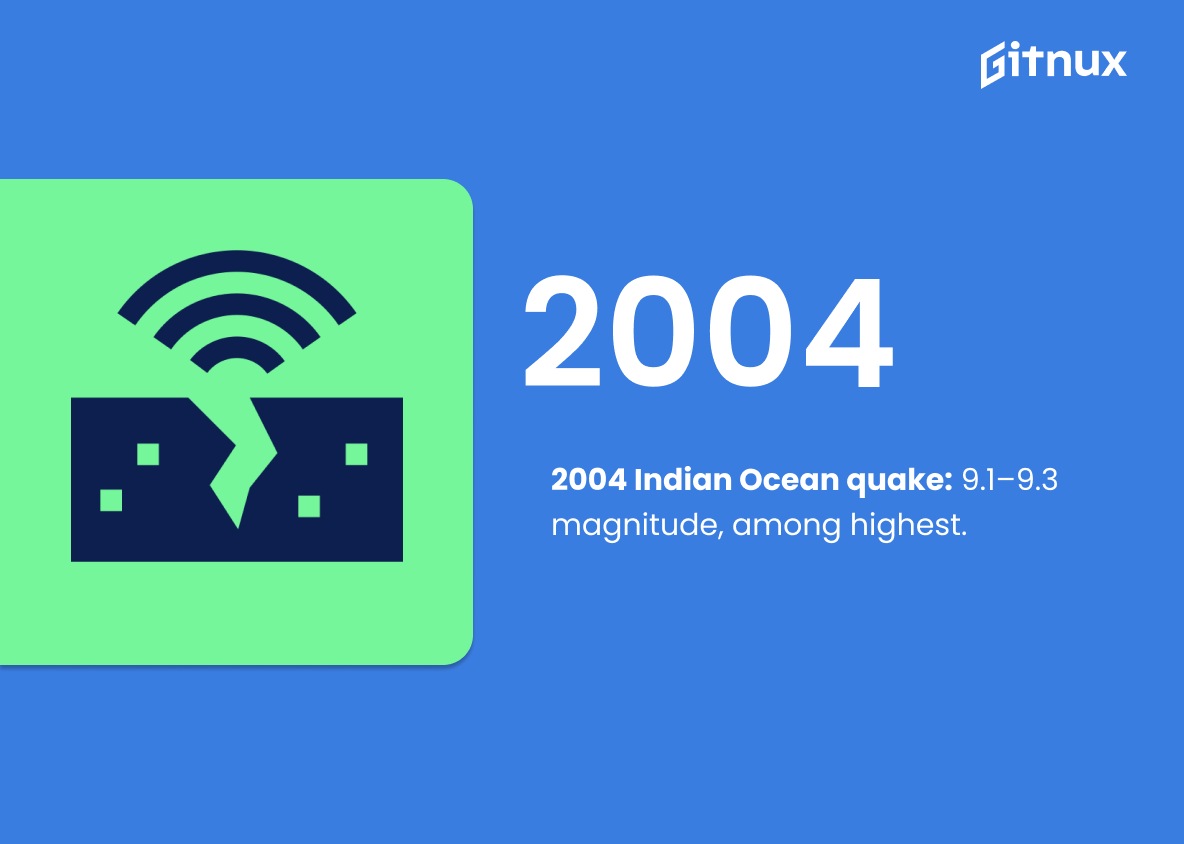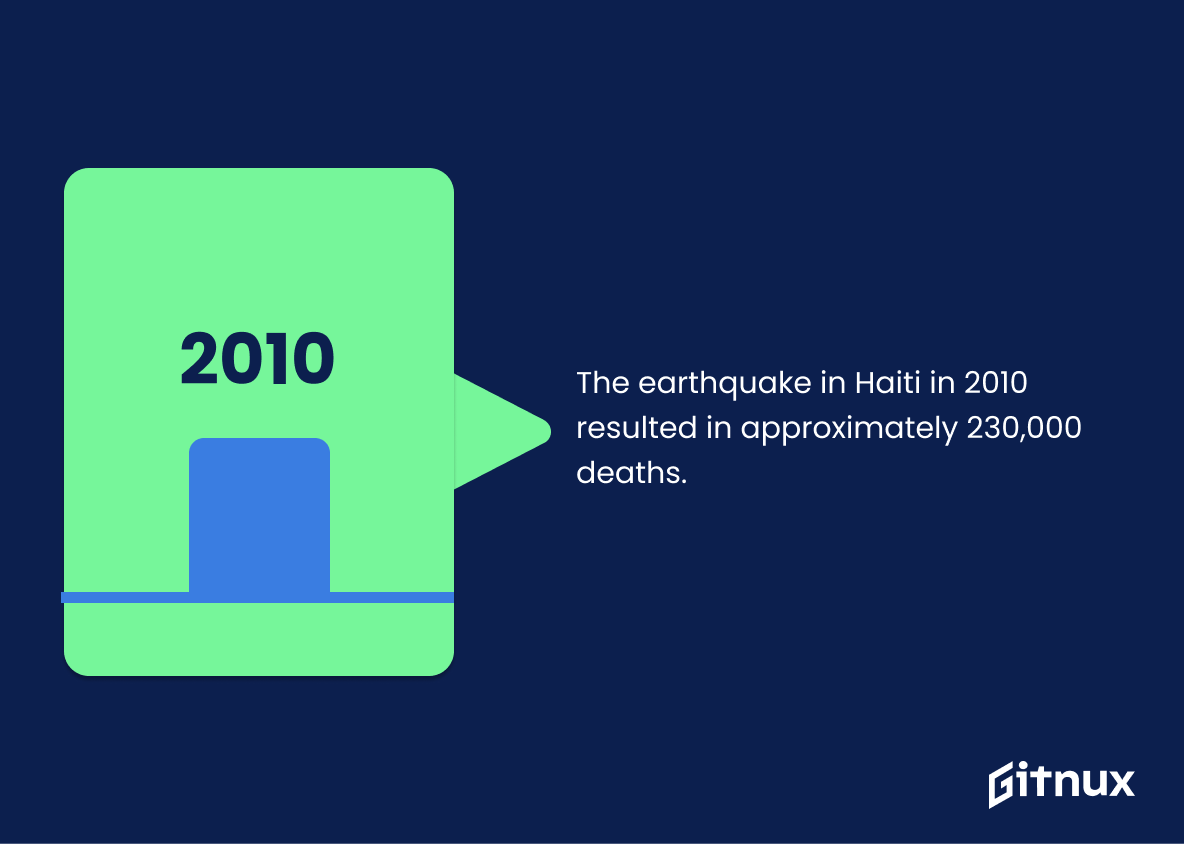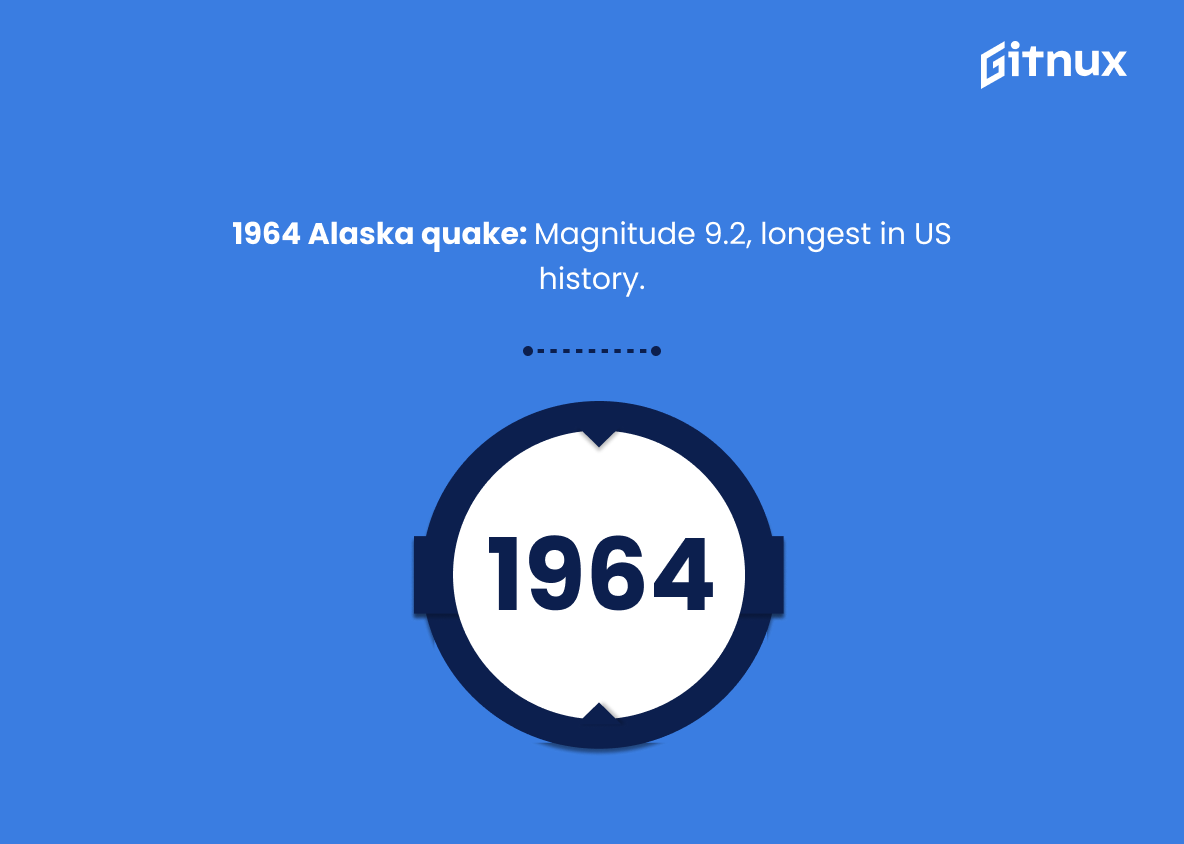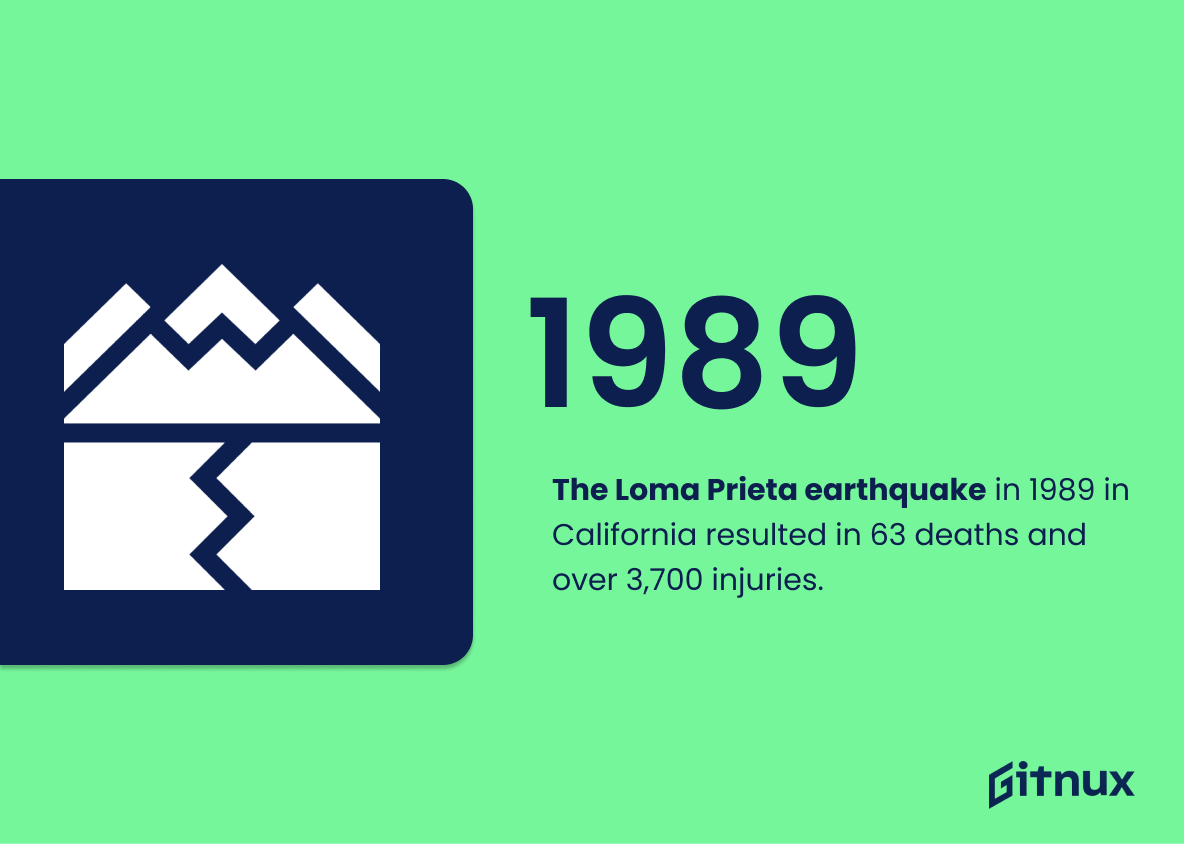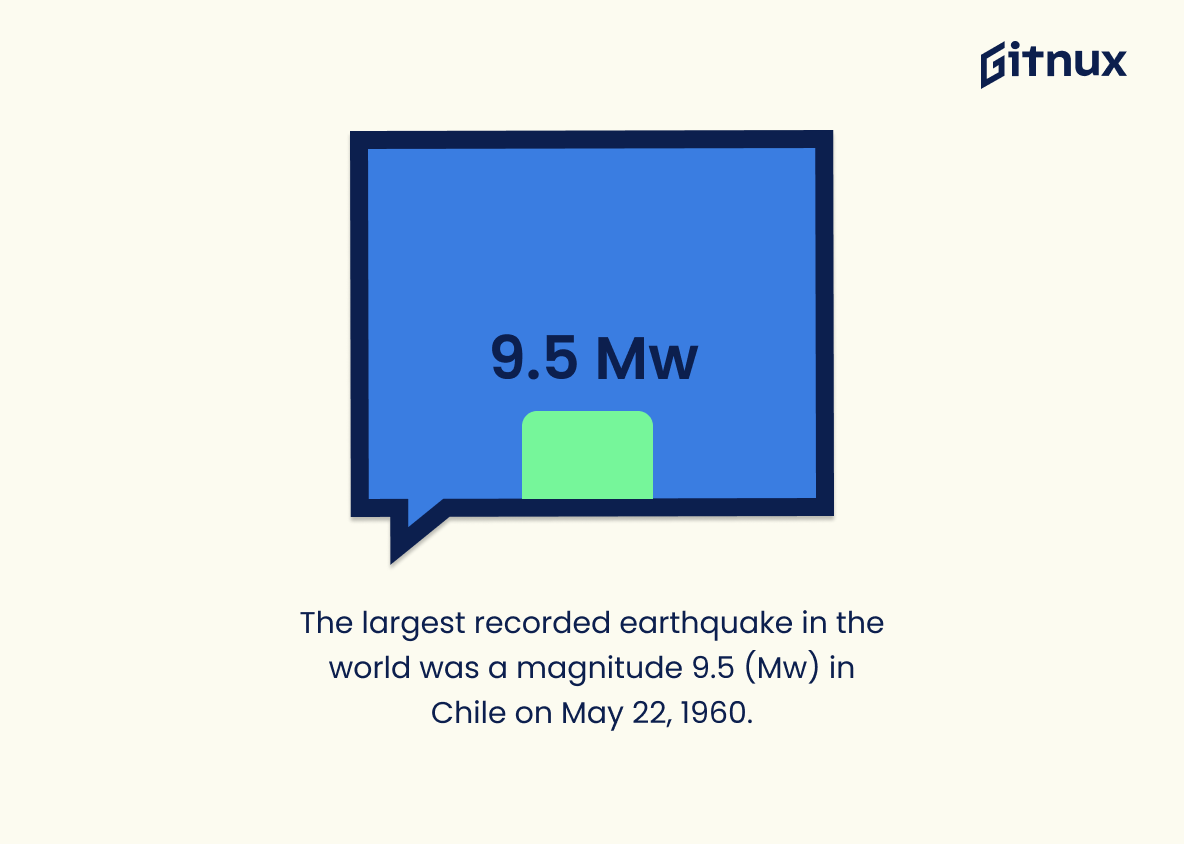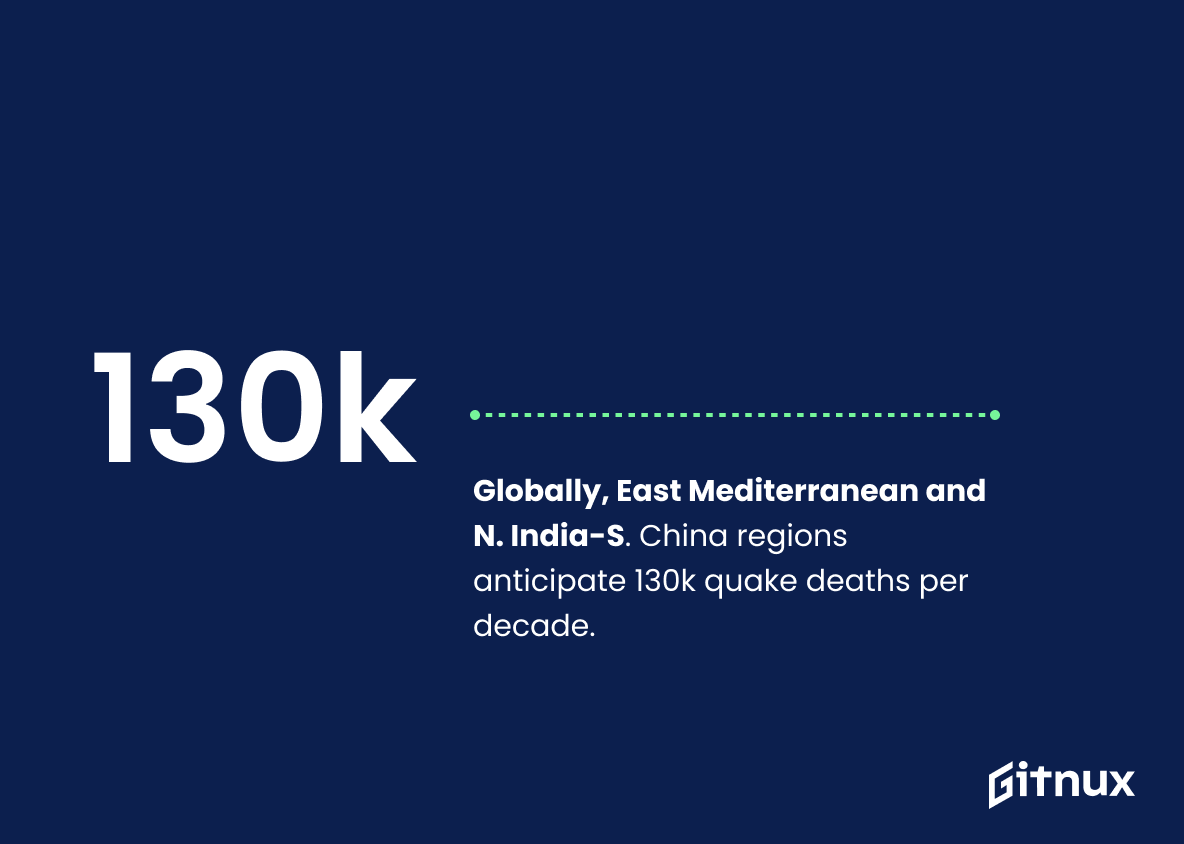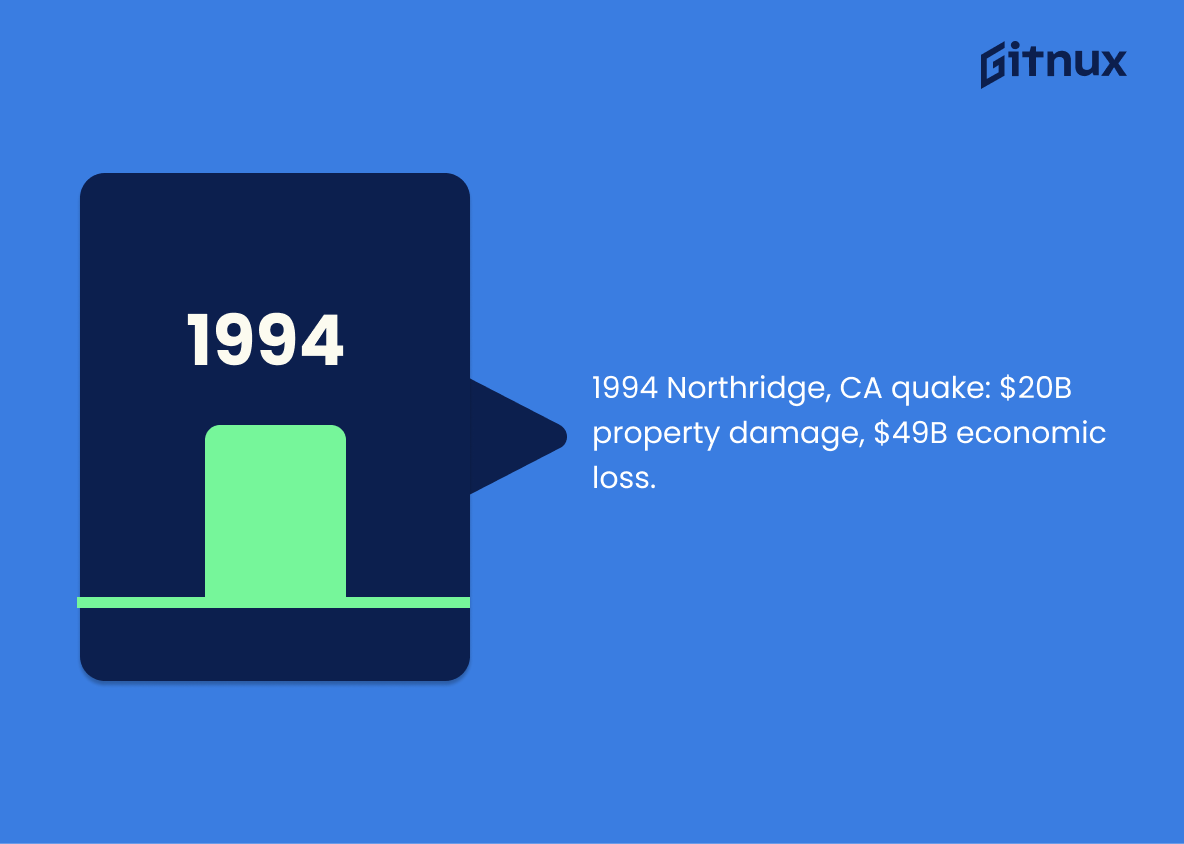Earthquakes, a naturally occurring phenomenon, have been shaping our planet for billions of years. The raw power and fearsome beauty they hold is a topic of unending fascination for many. But did you know that a comprehensive range of statistics lies beyond the seemingly unpredictable nature of these seismic vibrations? Welcome to our in-depth look into the world of earthquake statistics. This blog post will serve as your guide, unraveling critical data and figures associated with earthquakes across the globe. From the most vulnerable regions to the strongest quake ever recorded, we’ll dive deep into a world that silently trembles under our feet. So buckle in, as we venture into understanding these earth-shattering events, not from a place of fear, but informed curiosity.
The Latest Earthquake Statistics Unveiled
The deadliest earthquake ever recorded was in China in 1556, causing approximately 830,000 deaths.
Highlighting the devastating impact of the 1556 quake in China serves as a stark reminder of the formidable power of earthquakes, putting a human face on the dry numbers. It underscores the stark reality that earthquakes, though unpredictable, can have catastrophic consequences when they strike densely populated regions. By featuring this dire statistic, we anchor the magnitude of earthquake-related devastation in historical precedence, urging readers to not underestimate the importance of preparedness, swift response, and ongoing measures in earthquake-prone regions.
In 2020, there were 8 documented earthquakes around the globe of magnitude 7 or greater.
Reflecting upon the frequency of severe seismic activities tracked in 2020, highlighting that there were 8 documented earthquakes of magnitude 7 or greater globally, not only underscores the potency and prevalence of these natural phenomena, but also exhibits the necessity for ongoing research and increased awareness. Emphasizing such a statistic in a blog about Earthquake Statistics can serve as a critical amplification of alertness for communities residing in earthquake-prone zones, while assisting policy-makers and disaster management authorities to better plan and prepare for these often unpredictable and devastating events. Furthermore, it can intrigue the scientific community to delve deeper into understanding the causes and effects of such seismic activities, driving advancements in prediction methodologies and mitigation strategies.
The Nepal earthquake in 2015 resulted in 8,669 deaths and 22,309 injured.
Delving into the visceral heart of the 2015 Nepal earthquake illuminates its devastating reality; we see 8,669 lives extinguished and 22,309 people nursing wounds. These raw figures not only cut to the core of the event’s human cost, but also provide invaluable data that permits us to sketch an intimate portrait of the calamity’s inherent violence. When integrated into a broader set of seismic data, this specific statistic becomes a powerful key in unlocking trends, identifying patterns, and aiding in the generation of robust policy recommendations and disaster management plans. It bridges the gap between scientific understanding and emotional insight, ensuring our discourse on earthquake statistics never loses sight of its purpose — to safeguard lives and enhance our collective ability to endure Mother Nature’s wrath.
Around 500,000 detectable earthquakes occur each year; 100,000 of these can be felt, but 100 or so cause damage.
Delving into the depths of earthquake statistics, one might find the numbers staggering. The Earth, it seems, is never truly still, shaking and rattling approximately 500,000 times a year with detectable earthquakes. Woven into this narrative of constant motion is the somewhat relieving fact that only a fifth of these disturbances possess the might to make their presence known to human senses. What’s more, an even smaller fragment – around 100 seismic events – flex their disastrous muscles annually, inflicting substantial damage. Hence, in the grand tapestry of earthquake statistics, this noteworthy disparity casts a crucial spotlight on our planet’s seismic activity, deftly demonstrating how the majority of earthquakes are relatively harmless, despite the intimidating overall count. Hence, it’s vital in tempering public fear and enhancing understanding of nature’s unpredictable ways.
The 1906 San Francisco earthquake caused an estimated 3,000 deaths and 225,000 people left homeless.
Delving into the gripping statistic of the 1906 San Francisco earthquake reveals a compelling backstory of seismic episodes and their devastating human impact. With a chilling death toll of approximately 3,000 and a massive displacement figure of 225,000 individuals, this catastrophic event provides us the stark reality of earth’s turbulent nature. It serves as a somber reminder that earthquakes possess the potential to upend societies within a matter of moments. Moreover, this particular incident illuminates the vulnerability of even developed cities towards geological unpredictability and highlights the need for robust preemptive strategies, adherence to building codes, and effective emergency response systems. Thus, drawing upon this historical occurrence bolsters our understanding of earthquake statistics, bringing a touch of realism to the abstract world of data and numbers.
The Indian Ocean earthquake on December 26, 2004, recorded a 9.1–9.3 magnitude, making it one of the highest ever recorded.
Highlighting the magnitude of the 2004 Indian Ocean earthquake in a blog on earthquake Statistics serves as a profound yardstick of the earth-shattering power that Mother Nature can unleash. With a staggering magnitude of 9.1-9.3, this incident underscores the climactic extremities within the seismic world. By weaving this statistic into the narrative, readers not only grasp the literal tremors that were felt, but also comprehend the statistical intensity of this catastrophic event. It serves as a sobering reference point that etches the seriousness of earthquake statistics into the readers’ consciousness, stirring pragmatic reflection on our preparedness and resilience in the face of the planet’s most powerful seismic events.
80% of the Earth’s earthquakes occur around the rim of the Pacific Ocean, called the “Ring of Fire”.
Delving into the realm of earthquake statistics, one cannot afford to sideline a striking fact – a whopping 80% of the Earth’s earthquakes originate around the Pacific Ocean’s rim, aptly named the “Ring of Fire”. This invaluable piece of information significantly shapes how we understand, prepare for, and respond to seismic activities around the globe.
This Pacific heavyweight acquires center stage not just for bearing the brunt of our planet’s seismic activity, but its implications are pertinent to a multitude of aspects. For researchers, it lays bare the intense tectonic activity around the Pacific plate. For policy makers, this statistic underlines the need for rigorous construction standards and robust disaster management systems in the encompassing regions. Further, for the millions dwelling in these areas, comprehending the magnitude of this seismic hotbed can be a decisive factor in their safety and resilience.
Thus, the part played by the “Ring of Fire” in global earthquake statistics is far from just another number. It is a pivotal element encompassing geological understanding, public policy, and personal safety, etching its importance deep into our collective seismic consciousness.
Japan has around 1,500 earthquakes every year.
Intriguingly, Japan’s report of nearly 1,500 earthquakes annually shines a light on the very epicenter of seismic activity worldwide. This astounding figure, representing a lion’s share of global seismic events, underscores the nation’s exceptional geological position along the notorious “Ring of Fire”. By analyzing this data, we unravel intricate patterns underlying earthquake occurrence and frequency – an essential fibre in the tapestry of global seismic studies. Moreover, in a landscape punctuated by such frequent tremors, Japan’s earthquake readiness, building standards, and disaster response strategies possess universal appeal for regions seeking to improve their quake resilience. Hence, without the seismic symphony of Japan’s annual tally of earthquakes woven into the greater narrative, a blog post on Earthquake Statistics would decidedly ring hollow.
The earthquake in Haiti in 2010 resulted in approximately 230,000 deaths.
Illuminating the devastating power of nature, the chilling figure of approximately 230,000 lives lost in the 2010 Haiti earthquake significantly underscores the urgent need for improved global earthquake readiness and resilience. As one of the deadliest seismic events in history, this statistic showcases the human toll such disasters can exact. Further, it lays the groundwork for conversations about the effectiveness of current earthquake preparedness measures, suggesting potential areas for advancement. In this context, it drives home the message of the blog post about the magnitude of hazards earthquakes pose to human life, shaping a compelling case for extensive research, policy, and actions in managing and mitigating earthquake impacts.
The magnitude 9.2 earthquake that struck Alaska in 1964 and lasted for 4.5 minutes was the most powerful recorded earthquake in U.S. history.
Highlighting the formidable incident of the 9.2 magnitude earthquake in Alaska in 1964 serves as a chilling reminder of the extraordinary power Earth’s tectonic movements can release. Indeed, as the anchor in U.S. earthquake history, its sheer magnitude sets a precedent for the colossal potential of seismic events. This piece of data reframes our understanding by magnitudes, radiating a clear message about the scale of earthquakes that are possible, not just theoretically, but practically. Furthermore, the protracted duration of 4.5 minutes helps to illustrate the endurance factor of such earthshaking occasions. This historical engraving thereby spawns a broader perspective and helps delineate the art of understanding earthquake statistics.
The Loma Prieta earthquake in 1989 in California resulted in 63 deaths and over 3,700 injuries.
For those delving into the world of earthquake statistics, the 1989 Loma Prieta occurrence provides a poignant example of the sheer havoc and unpredictability linked with such natural disasters. Those 63 lives lost stand as a testament to the unforgiving power of the Earth’s sporadic tremors, while the 3,700 injuries furthermore shadow the uncaptured narrative of continuous physical and psychological trauma earthquake victims endure. This specific instance enhances our understanding of the human impact of earthquakes, as it reinforces the urgency for advanced prediction methods and effective disaster response strategies, specifically in our earthquake-prone areas.
The largest recorded earthquake in the world was a magnitude 9.5 (Mw) in Chile on May 22, 1960.
In extrapolating earthquake statistics, attention must be drawn to the monumental episode that occurred in Chile on May 22, 1960. An unparalleled event, it remains etched in the annals of seismic activities for the sheer magnitude of its energy release, a mindboggling 9.5 Mw. Picture this – the extremely intense quake, that left a trail of devastation in its wake, stands as a benchmark in earthquake measurements. As we delve deeper into statistical analysis of these tumultuous natural phenomena, this record-breaking magnitude serves as a clear reminder of the spectacular power that lies beneath our Earth’s crust, guiding our understanding and shaping our preventive strategies against future seismic events.
Globally, the Eastern Mediterranean region and the region spanning from Northern India to Southern China are expected, on average, to suffer a 130,000 death toll from earthquakes per decade.
Delving into the seismic revelations of the planet, one cannot give short shrift to this staggering figure – a predicted 130,000 fatalities from earthquakes per decade in the Eastern Mediterranean region and the vast stretch from Northern India to Southern China. Such a statistic imparts a sense of urgency and profound gravity to the discipline of earthquake studies. This data not only underscores the ubiquitous and perilous nature of earthquakes in these susceptible regions but also reminds us about the ineludible reality of nature’s wrath entrusted in the heart of the Earth. The revelation of this numerical reality provides a critical framework on which seismic precautions, disaster management strategies, and public awareness campaigns can be tailored. Emphasizing this figure in our blog post about Earthquake Statistics can urge readers to comprehend the invisible lines of seismic hazard that lies beneath these regions’ landscapes, thereby fostering a civilization that’s more vigilant and prepared for the Earth’s unpredictable seismic activities.
In 1994, an earthquake in Northridge, California, caused an estimated $20 billion in property damage and $49 billion in economic loss.
Highlighting the jaw-dropping statistics of the 1994 Northridge, California, earthquake elegantly underscores the profound economic impact that these natural disasters carry. The staggering $20 billion in property damage and subsequently larger $49 billion plunge in economic loss paints an unvarnished picture of the havoc wreaked by a single seismic event. Such figures impress upon the readers the imperative need for adequate preparation, timely response, and effective recovery measures to reduce the fallout from such catastrophes. They also stress the importance of investing resources into earthquake prediction and prevention technologies. Ultimately, these numbers aren’t just mere statistics; they are wake-up calls to the harsh realities and possible consequences of seismic disturbances, providing much-needed context and depth to any conversation on earthquake statistics.
Conclusion
Earthquake statistics offer crucial insights into the frequency, magnitude, and geographical distribution of this natural phenomenon. Understanding these statistics empowers communities, governments, and organizations to create effective disaster response and mitigation strategies. Despite the unpredictability of earthquakes, the collection and analysis of statistical data remains pivotal in reducing potential hazards, enhancing building codes, and promoting seismic awareness among the global population. As we continue to gather and study this information, it’s hoped that our resilience and preparedness in face of seismic activities will significantly improve.
References
0. – https://www.www.wfp.org
1. – https://www.earthquake.usgs.gov
2. – https://www.www.nationalgeographic.com
3. – https://www.www.iii.org
4. – https://www.www.usgs.gov
5. – https://www.www.worldvision.org
6. – https://www.www.nationalgeographic.org
7. – https://www.www.smithsonianmag.com
8. – https://www.oceantoday.noaa.gov
9. – https://www.www.japan-guide.com

